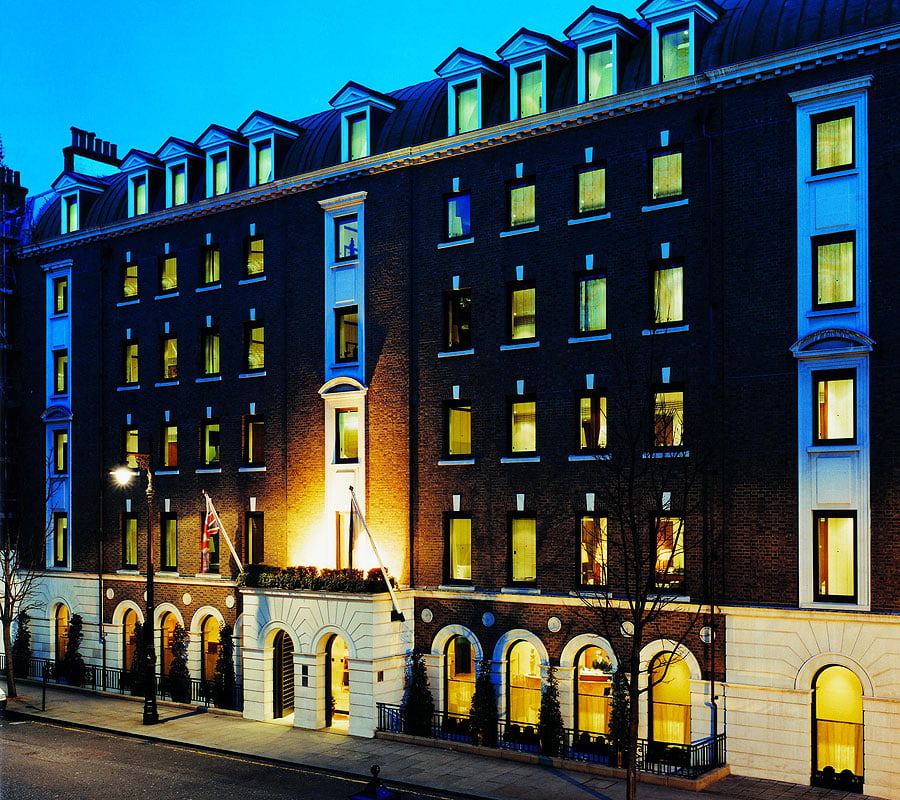
The Halkin was one of Europe’s first boutique hotels, offering guests an alternative to anonymous global chain service and décor. As it celebrates its 20th anniversary, Julia Marozzi salutes a luxury pioneer.
A 20th birthday can be an in-between sort of celebration. It is neither 21, the traditional age of maturity, nor 18, the year at which today’s teens become fully adult. Or think they do. While Twenty Questions is still a popular party game, the Twenty Year Curse refers to the pattern of US presidents who were elected in 1840, 1860, 1880, 1900, 1940 and 1960, who all died in office. The pattern ended with Ronald Reagan in 1980. But 20 is also represented by the metal platinum, the gemstones emerald or yellow diamond and the day lily, so the year has a certain enduring quality, suggesting a milestone and a commitment.
All those descriptions would be true of The Halkin, which opened in September 1991 as Europe’s first boutique design hotel. It is considered one of the founders of a trend that has redefined the luxury hotel industry.While the words ‘boutique hotel’ can strike terror into the hearts of travellers, conjuring up images of interiors so impossible to interpret and so difficult to navigate that the guest wishes only to exit, The Halkin puts the guest centre-stage and renders the hotel what it should be – a model of a small, luxury property that’s individually designed and privately owned, with an obsessive approach to service that sets the standard for its class.
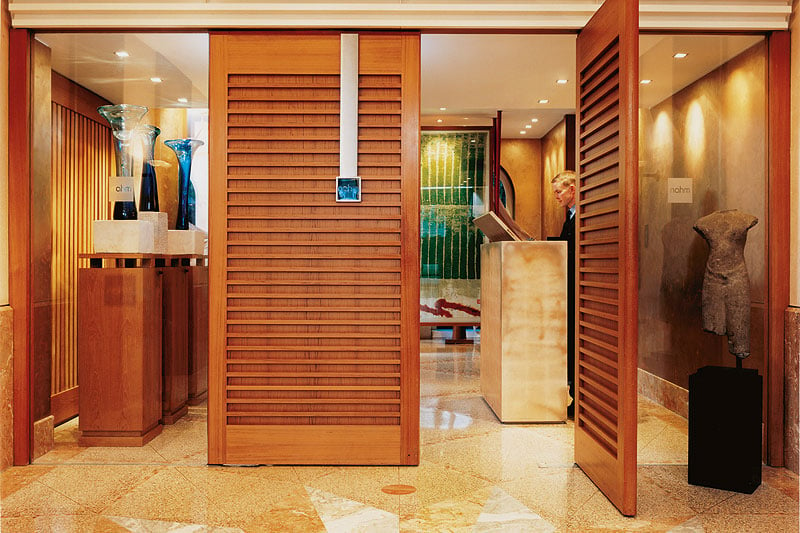
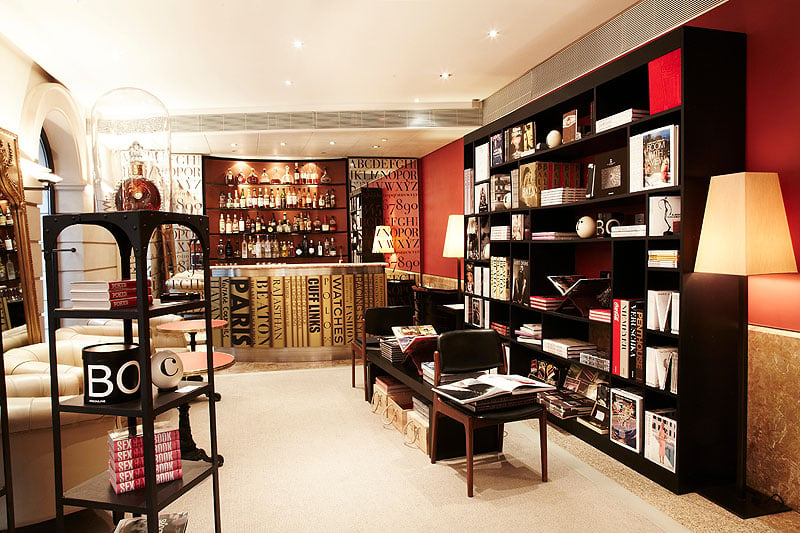
Walking into the lobby, the pale colours and calm interior are the perfect backdrop for the afternoon’s Eurocrat and US guests, all taking tea and reclining in comfortable velvet chairs. Blond wood, cream walls, pale violet and mauve hues, glass-topped wooden tables in the bar area all suggest the ‘Luxe, calme et volupté’ of Matisse’s famous painting.
The decor is classically contemporary, which sounds almost like a contradiction in terms, but in fact it offers the sort of refined ambience that puts people at ease, making them the focus, not the wallpaper or the lighting. The Halkin changed the face of hotel design and set a benchmark for many hotels that came afterwards, so its 20th birthday is a celebration of what makes it special.
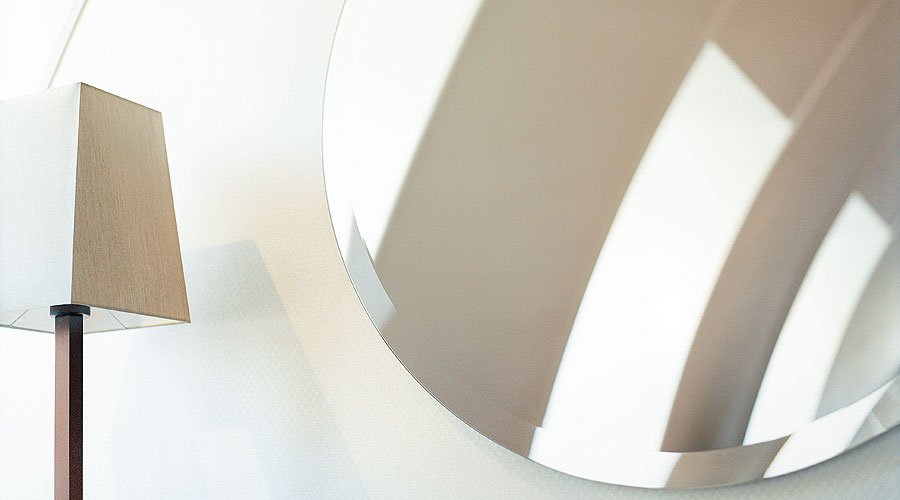
Owned by the Singaporean businesswoman Christina Ong, the hotel spent about £1 million on each of the 41 guest rooms and suites designed by Laboratorio Associati Italy, with the aesthetic combining modern and classic with creamy, comfortable details and chic bathrooms in glistening white marble. It can boast that about 60 per cent of its clientele is made up of repeat customers. They comprise the hospitality industry’s wish-list of guests, from artists to entrepreneurs to business leaders.
The Halkin is part of the Como group and represents Mrs Ong’s unique vision of contemporary living. This encompasses the hospitality collection known as Como Hotels and Resorts, the international luxury fashion retailer Club 21, the award-winning wellness concept Como Shambhala and the philanthropic Como Foundation. As well as The Halkin in London, there are two Metropolitan hotels in London and Bangkok, Parrot Cay in the Turks and Caicos, Cocoa Island in the Maldives and two Uma experience resorts in Bali and Bhutan.
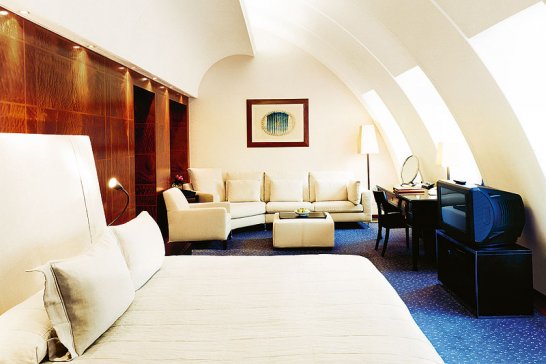
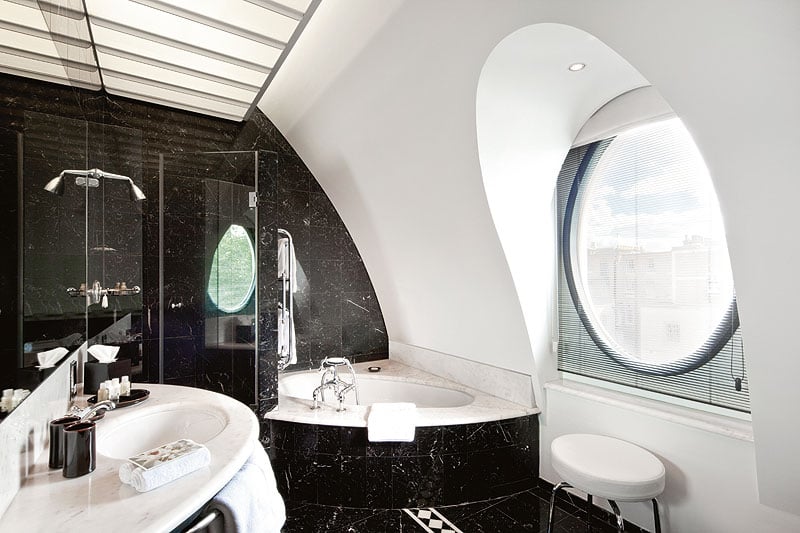
In a quiet side street in Belgravia, The Halkin’s 20 years of timeless elegance carries the concept of discretion to the point where it can be difficult to identify it as a luxury destination from among the typical grand London terraced houses that surround it. Steps from the hustle of Piccadilly, the shopping paradises of Knightsbridge and Mayfair, it feels like a peaceful oasis in a land of bustling sybarites, with a residential feel and a comfortable appeal. As well as the relaxed bar on the left of the lobby there is also, ahead, the award-winning nahm Thai restaurant from Australian chef David Thompson.
Indeed, when the original design proposal was made in 1987 by Laboratorio Associati, the Milan-based studio of Lorenzo Carmellini and Rocco Manoli, it originally involved a renovation of the existing building, conserving the Halkin Street façade as the weathered brick and Portland stone of what was then a parking garage constructed as a typical 1930s Georgian Revival building.The design then evolved to become a completely new building, slightly larger than the then existing one, but still maintaining the essential scale and proportions of its precedent, as well as re-establishing the style and details of the external materials. The copper barrelvaulted roof, a majestic feature echoing Palladio’s Basilica in Venice, also recalls similar vaulted examples around Belgravia.
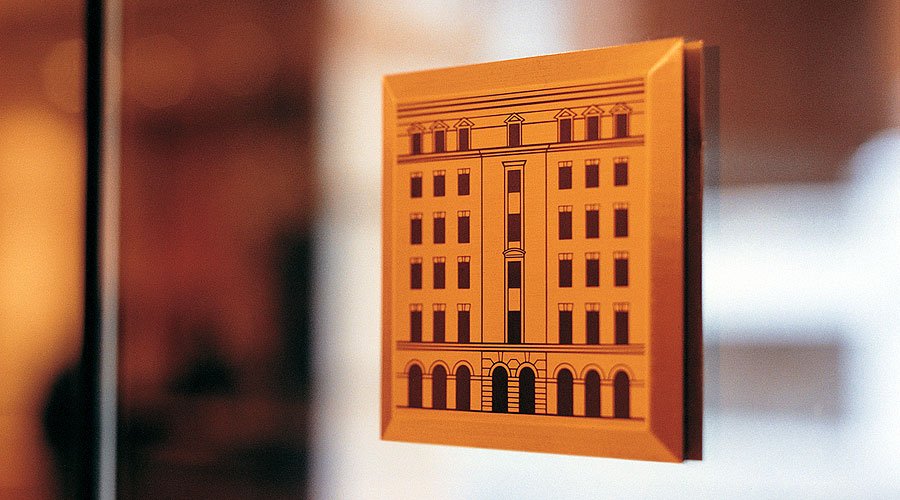
The building therefore remained faithful to its historical London context – at least on the outside. The interior is a completely different story, reflecting the owner’s brief for an individual property that would be attractive to the international travellers who make London one of the world’s leading cosmopolitan centres. Lying at the heart of The Halkin’s design philosophy is the home away from home concept. The hotel offers not just a wellserviced luxury room but an effortlessly elegant and stylishly personal place to stay. The fact that each room cost more than £1 million in design and finish – 20 years ago! – gives an indication of the emphasis on the private experience rather than the public experience of the communal areas. On the fifth floor, the rooms all have vaulted ceilings and give you a sense of infinite space.
The Sky Scape mural was hand-painted by Italian contemporary artist Valentino Vago, with marble and terrazzo flooring in the lobby replicating the same pattern as Michelangelo’s Campidoglio in Rome – the converging bands of the mosaic disappearing into abstractness but also marrying all of the public spaces to become one fluid area.
The striking corridor on the floors is created out of black corrugated wood so that the doors appear camouflaged, while the interiors – designed and styled by Renato de Marco – feature classic Italian designs with Art Deco and Biedermeier and modern classics such as Eames and Le Corbusier. Later additions include B&B Italia.
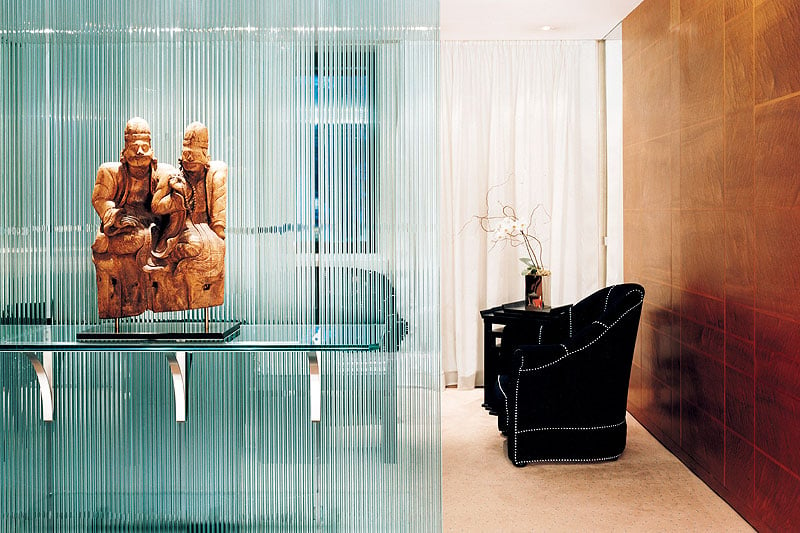
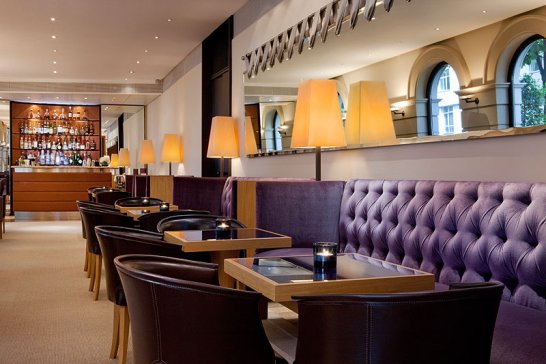
To celebrate its position as a pinnacle destination of luxe and style, The Halkin is launching a special series of 20th-birthday celebratory events to be held at the hotel through September.
Assouline will be creating an immersive pop-up ‘Culture Lounge’ – taking over the hotel bar to showcase some of the luxury Paris/New Yorkbased publisher’s most iconic coffee-table books. Guests and non-residents will be able to browse this bespoke library of new and limited editions and see recent titles brought to life through a series of literary events with selected authors.
The Halkin will also be launching an exclusive afternoon tea menu featuring creations by Pierre Hermé Paris. Pronounced the ‘Picasso of Pastry’ by Vogue, he recently opened his first London Macarons & Chocolats boutique on neighbouring Lowndes Street.The exclusive menu for the hotel features gourmand macaroons,cakes and preserves.It will be in place during September and October, and will be open to guests and non-residents.
September will also unveil the new 20th-anniversary suites at the hotel – two Como suites and one Belgravia suite on the second and third floors have been renovated and now include large spacious balconies overlooking the hotel gardens. Huge sitting rooms with glass conservatory-style windows make them some of the brightest, sundrenched suites in London.
New 20th-birthday packages will also offer guests the chance as ‘Families’, ‘Shoppers’ and ‘Gastronomes’ to enjoy the best that London has to offer, combining those experiences with one-night stays.


Taken from the October issue of the Bentley Magazine.
Text: Julia Marozzi
Photos: The Halkin









